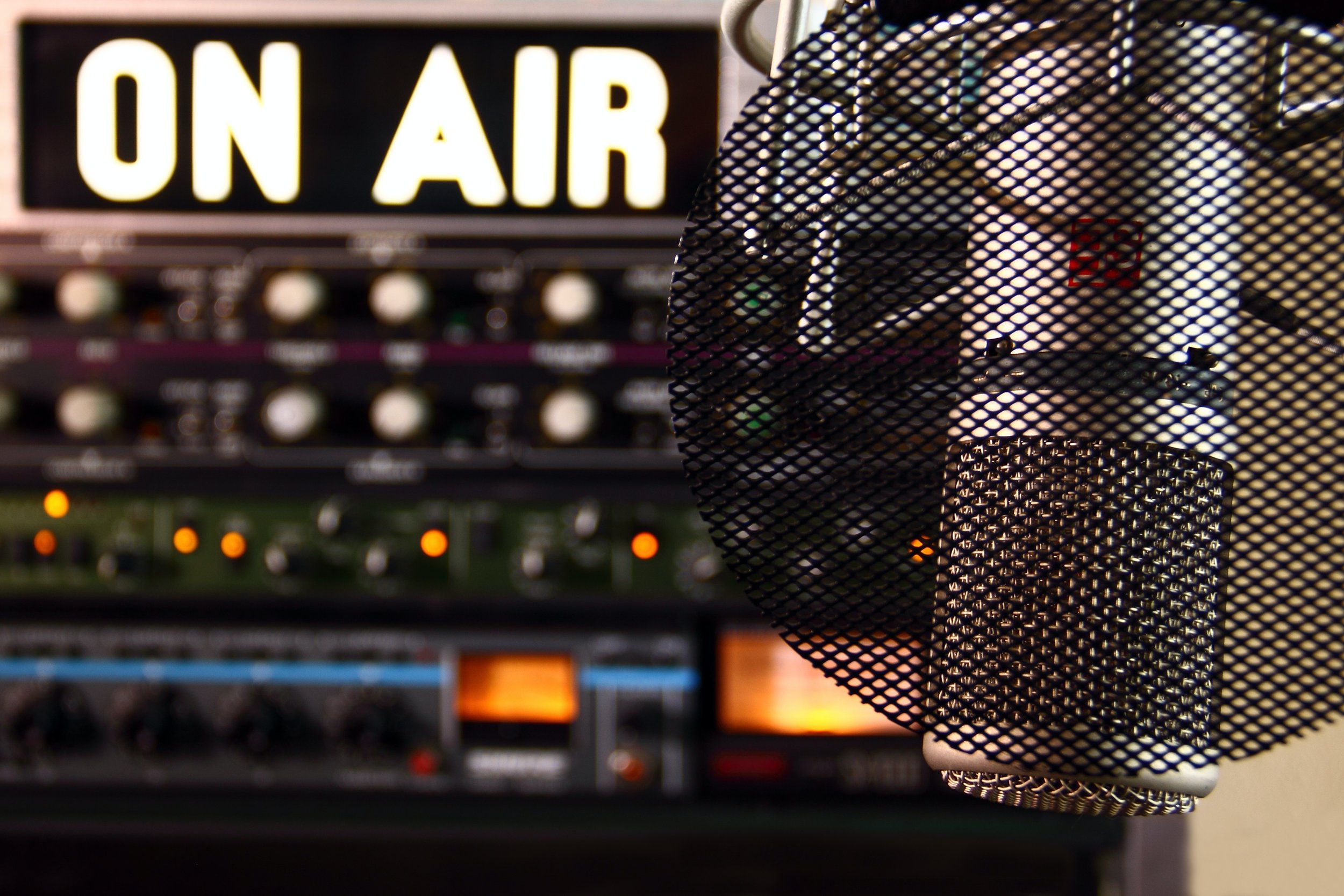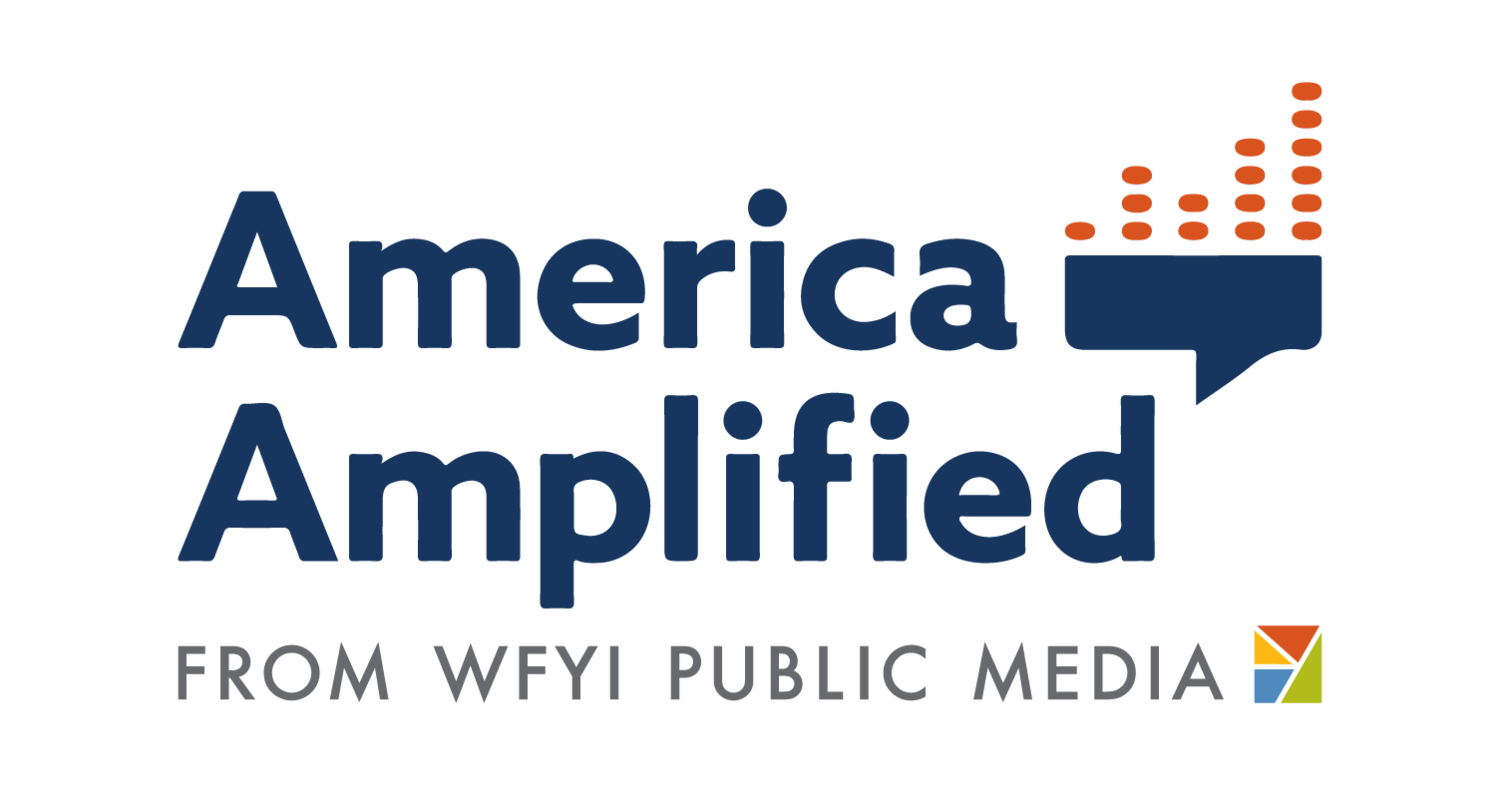
Setting Your Team Up for Success
Station Managers
Staff for community engagement
As your team moves toward taking action on an engagement strategy, be clear that you are allowing room for experimentation, for fast fails, for investing time and space to collaborate with other media or community organizations.
You also must ensure that you are providing the resources necessary for the team to succeed. Community engagement requires staff commitments, and perhaps a rethinking of your newsroom organizational chart.
Community engagement can live inside or outside the newsroom, but ideally has some connection to the editorial process.
Here are a few job title suggestions to attract engagement-minded candidates:
Possible newsroom titles:
Audience editor: an editor who understands audience behaviors and how relevant delivery platforms can be used for different communities.
Community engagement producer: produces content that uses community engagement tactics to add more diverse voices and perspectives — and perhaps guiding work of other producers.
Possible newsroom adjacent title:
Community engagement specialist: handles the nuts and bolts of engaging communities from soliciting participation to developing and maintaining partnerships with other organizations, to convening and facilitating community conversations. This person works with the newsroom to make sure engagement work informs the journalism. This person also maintains the station’s relationships with the audience.
Possible director level position title:
Community engagement director: creates and communicates a strategy to support your vision and newsroom goals. Focused on community information needs, trends, and managing engagement tools. Leads the engagement team. Note: If this person doesn’t have a journalism background, be prepared to manage any tension.
Prioritize diverse perspectives
Having diversity in staffing not only enriches the newsroom culture but also the journalism.
Hire new and diverse staff from various cultures, races, ideologies and classes to implement community engagement strategies.
A diverse staff can help attract candidates who bring a different set of skills, backgrounds and perspectives. Some stations actively seek Spanish speakers, for example, with an eye toward Spanish language content.
Pay engagement specialists in line with others on your staff. While the work itself may not always lead to a byline, the objectives are the same: disseminating facts, providing accuracy and context, and building trust. Show that you value this work.
Bring in funding
Many funders — nonprofits and others — are intensely interested in community engagement. That creates an opportunity for you to make the case based on strategic commitment.
You can build a funding case around:
Working with new engagement platforms.
Hiring an engagement specialist, journalist or team.
Developing specific initiatives that focus on particular communities.
Diversifying your audience, reach and staff.
Remember: You are a key connector to helping your development staff identify local, regional and national funders who are looking for innovative proposals that can make an impact.
Your proposal will stand out by emphasizing new audiences you can serve through engagement, investing in new interactive platforms and making your outreach intentional.
-
Read our blog post on making the fundraising case for community engagement journalism
Read about how Trusting News recommends How to Explain Your Mission.
Quick Tip: Engaged journalism really can bring in new funding!
Foundations and local community foundations often have parallel goals to the ones we have in community engaged journalism. They want to see communities strengthened, public health resources expanded, civic infrastructure expanded and supported. Leverage your common goals to find new funding for your engaged journalism efforts.
Station example: WFYI and Side Effects Public Media
Side Effects Public Media is a regional news collaborative based at WFYI in Indianapolis. Side Effects is also a longtime America Amplified partner. In a recent grant proposal for the Richard M. Fairbanks Foundation they incorporated community engagement and were awarded $1.5 million for health and education coverage over a three-year period. The grant has allowed Side Effects to hire another community engagement specialist to focus on education.
Side Effects says the proposal highlighted:
Participation in America Amplified, including: 11 COVID-related Facebook Live events and six televised panel discussions — many co-produced with the Indianapolis Recorder.
The use of two texting services, allowing them to collect input, answer audience questions and guide further engagement and journalism.
Outreach to immigrant communities that were hit hard by COVID-19, including translating Q&As into Spanish and Burmese and distributing them through community groups.
Ready to continue your journey?
You are here.








